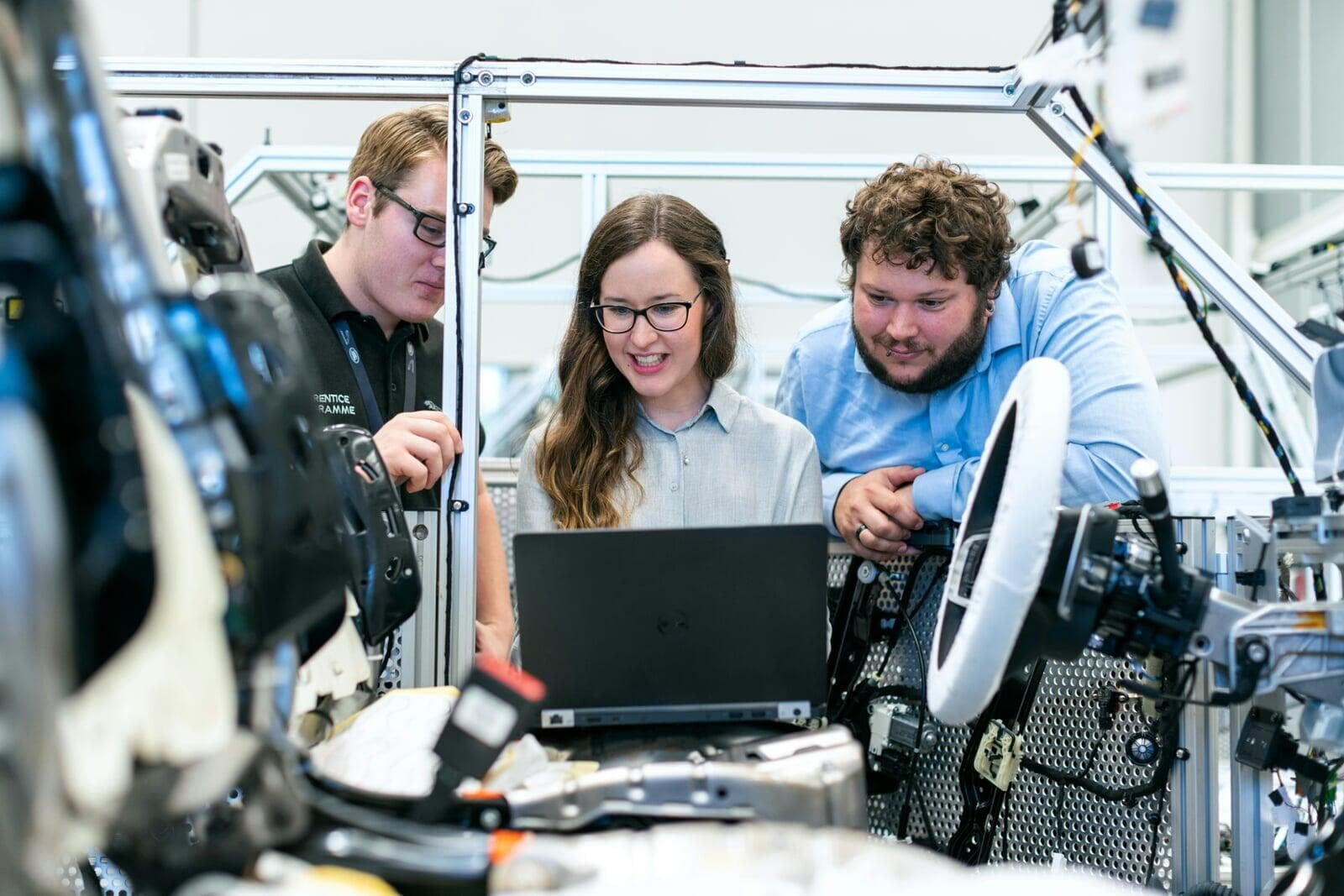Emerging Technologies Transforming Automotive Testing and Development
The automotive industry is amid a transformative phase, driven by rapid technological advancements. Propelled by increasing vehicle complexity and sophistication, testing and development methods are evolving too. Emerging technologies are set to revolutionize automotive testing and development, with the promised of processes more efficient, accurate, and insightful. Let’s explore some of the most promising technologies and their potential impact on the future of automotive testing and development.

1. Artificial Intelligence (AI) and Machine Learning
AI and Machine Learning are reshaping how vehicles are designed, tested, and refined. AI algorithms can analyze vast amounts of data to predict vehicle performance, identify potential issues, and optimize designs. In testing, machine learning models can rapidly simulate countless scenarios to ensure a vehicle's safety and performance under varied conditions.
Impact:
- Predictive Maintenance: AI can forecast potential failures before they occur, reducing downtime and enhancing vehicle reliability.
- Enhanced Simulation: Machine learning enables more accurate virtual testing by predicting real-world scenarios and outcomes, thus reducing the need for physical prototypes.
- Improved Safety: AI can help in developing advanced driver-assistance systems (ADAS) by analyzing driving patterns and improving decision-making algorithms.
2. Autonomous Vehicles and Advanced Driver Assistance Systems (ADAS)
The rise of autonomous vehicles and advanced driver assistance systems is pushing the boundaries of automotive development. Testing these systems requires sophisticated technologies and methodologies to ensure safety and reliability.
Impact:
- Complex Testing Environments: Autonomous vehicles need to be tested in diverse and complex scenarios that replicate real-world conditions. This requires advanced simulation tools and extensive real-world testing.
- Regulatory Compliance: Ensuring that autonomous systems meet safety standards necessitates rigorous testing and validation, which is becoming more streamlined with emerging technologies.
- Safety Enhancements: Continuous improvements in ADAS through iterative testing and development lead to safer driving experiences and reduced accident rates.
3. Virtual and Augmented Reality (VR/AR)
Virtual and Augmented Reality are becoming crucial tools in automotive testing and development. VR and AR can create immersive simulations and visualizations, aiding in everything from design and engineering to training and customer experiences.
Impact:
- Enhanced Design Reviews: Engineers can use VR to visualize and interact with vehicle designs in a three-dimensional space before physical prototypes are built.
- Training and Education: AR can provide real-time, hands-on training for mechanics and engineers, improving skills and efficiency.
- Customer Experience: VR can offer potential buyers virtual test drives and interactive features, enhancing the purchasing process.
4. Internet of Things (IoT) and Connected Vehicles
The Internet of Things (IoT) is connecting vehicles to a broader network, allowing for real-time data collection and analysis. Connected vehicles can communicate with each other and with infrastructure, providing valuable insights into performance and safety.
Impact:
- Real-Time Diagnostics: IoT enables continuous monitoring of vehicle health and performance, allowing for proactive maintenance and quick resolution of issues.
- Data-Driven Insights: Collecting data from connected vehicles helps manufacturers understand how vehicles are used in the real world, leading to better designs and improvements.
- Smart Infrastructure: Integration with smart infrastructure can optimize traffic management and enhance vehicle-to-everything (V2X) communication, improving overall traffic flow and safety.
5. Blockchain Technology
Blockchain technology offers a decentralized and secure method for managing data. In the automotive sector, blockchain can ensure the integrity and security of data related to vehicle history, parts, and transactions.
Impact:
- Enhanced Security: Blockchain can safeguard vehicle data from tampering and unauthorized access, ensuring data integrity.
- Transparent Supply Chain: Tracking parts and materials through blockchain can enhance transparency and traceability in the supply chain, improving quality control.
- Smart Contracts: Blockchain can facilitate automated and transparent transactions and agreements, streamlining processes and reducing administrative burdens.
6. 5G and Advanced Connectivity
5G technology is set to revolutionize connectivity in the automotive industry. With its ultra-fast speeds and low latency, 5G will enhance communication between vehicles and infrastructure, enabling real-time data exchange and advanced features.
Impact:
- Enhanced V2X Communication: 5G enables faster and more reliable vehicle-to-everything (V2X) communication, improving safety and traffic management.
- Real-Time Data Transfer: High-speed connectivity allows for instant data transfer, enabling real-time updates and services for both vehicles and drivers.
- In-Vehicle Experience: 5G will support advanced infotainment systems and over-the-air updates, providing a richer and more dynamic in-vehicle experience.
Conclusion
The automotive industry stands on the brink of a new era, driven by emerging technologies that promise to redefine testing and development. From AI and machine learning to 5G and blockchain, these innovations are making processes more efficient, accurate, and insightful.
Embracing these technologies will not only enhance vehicle performance and safety but also redefine the driving experience for the better. The road ahead is full of possibilities, and the journey promises to be as exciting as it is disruptive and transformative.



